18 Methods to Find Buyer Intent Keywords For Your Business

One of the first things you need to do in any marketing campaign is keyword research. We all say it, over and over: look for good, valuable keywords in your niche, relevant to your business.
There are, however, different kinds of keywords. These all represent different stages of the sales funnel:
- Informational Intent
- Commercial Intent
- Buyer Intent
These visitors are each looking for information for very different reasons:
1. Informational intent keywords are keywords people use when researching a problem or a question that they have. Asking Google what kind of mushrooms grow in the yard after a rainstorm is considered informational intent.
2. Commercial intent keywords are more focused on learning about a product; for example, searching for specific kinds of fungicides and what side effects they have on other plants or wildlife.
3. Buyer intent keywords are the most important, but also the narrowest. These are people who have specific keywords related to making a purchase. Looking for "where to buy" or "best price" or other aspects of a purchase are buyer intent keywords, as well as reviews and comparisons.
The audience of people using these keywords is relatively small. They're the subset of your total audience who are actively interested in making a purchase and are looking for the best place to do so. They are also very valuable; they are ready to buy, so all you need to do is convince them that you're the best place for them to make that purchase. You don't have to worry about educating them on your niche or your product in general, because they already know. All you need to do is explain to them why they should buy from you rather than your competitors.
There's a lot that goes into this explanation, from explaining your unique selling proposition to providing social proof and reviews. However, all of that is meaningless if these buyers can't find you in the first place.
Thus, you need to target buyer intent keywords with your content marketing. To do that, though, you need to be able to find buyer intent keywords in the first place.
How do you do that? Well, there are many different ways. I've outlined some of my favorites to help you out:
1. Look for Common Buyer Keywords
Common buyer keywords are the generalized keywords everyone uses when they want to buy something.

Think of common words or phrases people use when they want to make a purchase, whether they know the specific product or just the category.
Buy <Product>
<Product> Pricing
Best <Niche Product>
These kinds of keywords are common to everyone, in every industry. Someone who wants to know the price of a product, no matter what kind of product it is, will use keywords like "price" or "cost" or "pricing". Targeting these keywords will be among the most competitive keywords in your high-intent niche, but they are always worth targeting at least a little, to capture that traffic to the best extent you can.
2. Look for Common User Pain Points
Users have pain points that lead them to you. After all, your product is designed to solve a problem, whether that problem is "I need shoes for my jogging hobby" or "I need a business-class CRM for my company." Identifying pain points means understanding the kinds of customers who typically buy your product, and the problems your product solves for them.

Understanding and identifying pain points is tricky for two reasons.
- The first is that, as obvious as it might be to you, you might be presenting a solution to people who don't realize they have a problem, or they don't realize the problem they have is one that even has a solution.
- The second is the difficulty in understanding how your customers search for their problems. They may refer to an issue in different terms than you use when talking about it, so they won't find you.
Here's a guide on finding pain points, for more detailed reading:
3. Look for Research Keywords
Someone in the research phase of their customer journey is looking for information about a problem they have, or a product they think may solve a problem they have. They know enough about the basics of their issue that they can research it, and now they want to know more details. This is an opportunity for you to hit them with a good landing page that explains how you solve their issues.
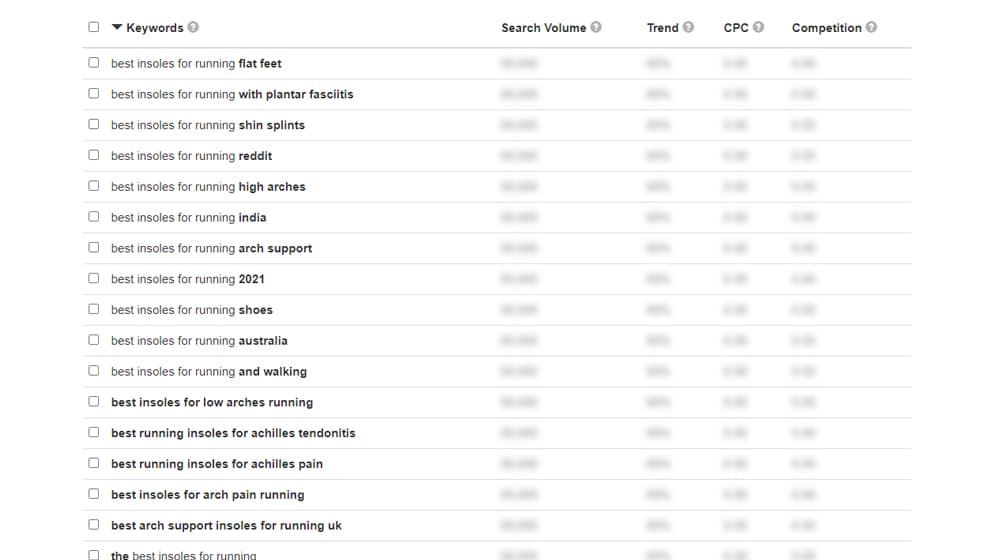
"How to prevent foot pain when running" is a pain point keyword. "Best insoles for running" is a research keyword. One searches for information about the problem; the other searches for information about the solution. Seek out these kinds of keywords for your target audience.
4. Look for Comparison Keywords
Comparison keywords are a potential customer researching the differences between products or brands within the solution to their problem. For example, a user might know they want an insole to help protect their feet while running, so they search for keywords like "PowerStep vs Superfeet" because they know those two brands are prominent in the niche.
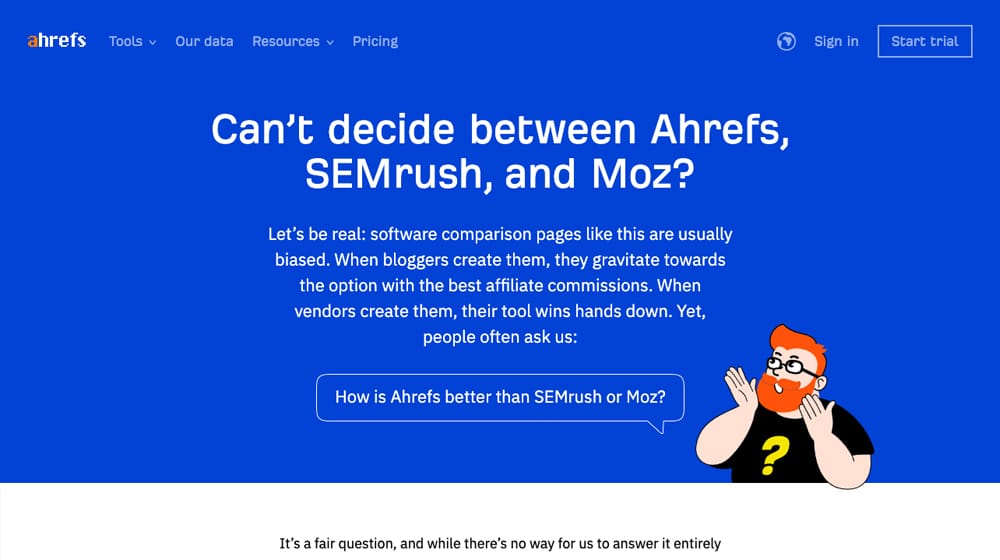
You can also fabricate these yourself, under the assumption that people are going to look for you versus your competitors. Many companies have dedicated pages comparing themselves to the competition, to make themselves look better. PowerStep might have a page dedicated to comparing themselves to Superfeet, ready to show up whenever someone searches for this topic. Dr. Scholl's might make three pages: one comparing themselves to Superfeet, one comparing themselves to PowerStep, and one comparing themselves to both, just to cover all the bases.
5. Look for Risk Reduction Keywords
Users want to know that they're getting what they want out of a product. More importantly, they want to know that they have some recourse if they don't get what they expected.
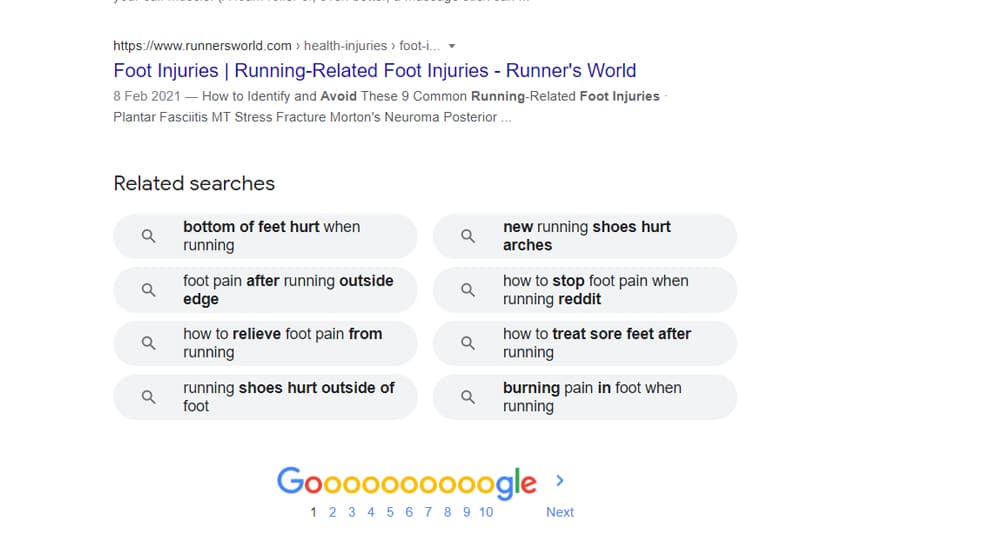
Look for keywords like
<Product> Free Trial
<Product> Returns Process
<Product> Guarantee
These are keywords that show a user is interested in making a purchase, but that they're worried about reliability, or they want to make sure they're able to get a refund, make a return, or get a replacement if something goes wrong. These are great keywords to target because they can often result in customer conversions on the very same page.
6. Look for Additional Value Keywords
Additional Value keywords are keywords users use when they want a little more out of their purchase. Have you noticed how every product keyword tends to have a "coupons" or "discounts" or "codes" keyword variant? That's because users want to see if there are promotions, deals, or coupons they can take advantage of to get some additional value from their purchase.
The downside to these keywords is that they tend to be dominated by websites like CouponFollow or RetailMeNot, so they can be difficult to capture. However, if you create a dedicated page for additional discounts and offers, the addition of your brand or product name means you'll often rank near the top for those queries.
7. Check Google Search Suggestions
All of the above tips are the kinds of keywords to look for. Now let's get into some suggestions you can use to find the keywords themselves. First and foremost, of course, is Google directly. There are two ways you can get suggestions from Google.
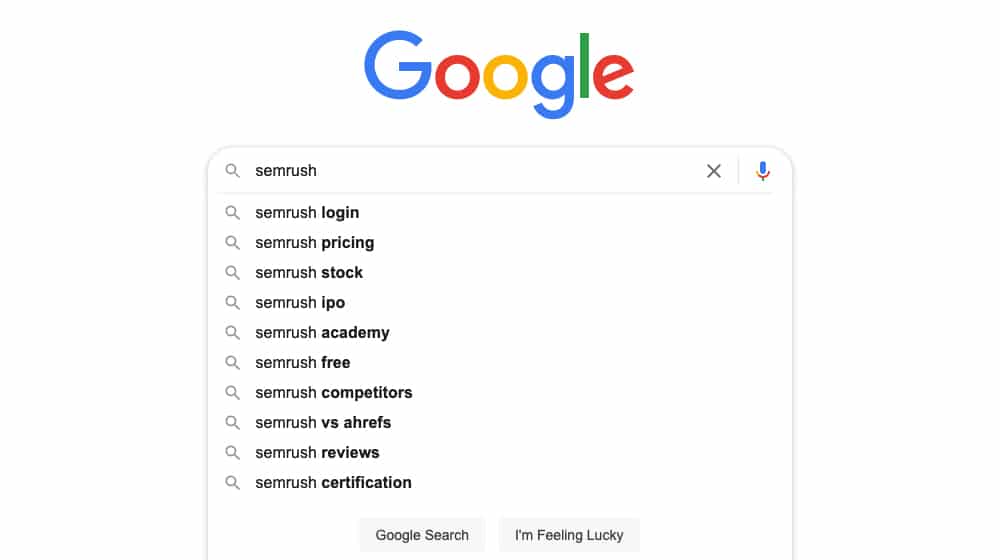
The first is autocomplete. Go to Google and start typing in the beginnings of a keyword and see what recommendations they offer for completing that keyword. Many of these will be more buyer intent keywords than general keywords and are a good place to start.
The second is related searches. Search for a keyword, then scroll down to the bottom of the page. Google has a small section of "related searches" that use the same keyword, or parts of the keyword, and have some relevance. You can use these to do further research.
8. Monitor Keywords Used to Find You
Another source of potentially valuable keywords is the combination of the Google search console and Google Analytics. Both of these have reports for keywords used in organic referral traffic – that is, traffic that reached you through Google search, rather than through links or paid ads – and you can cross-reference these with data on conversion rates.
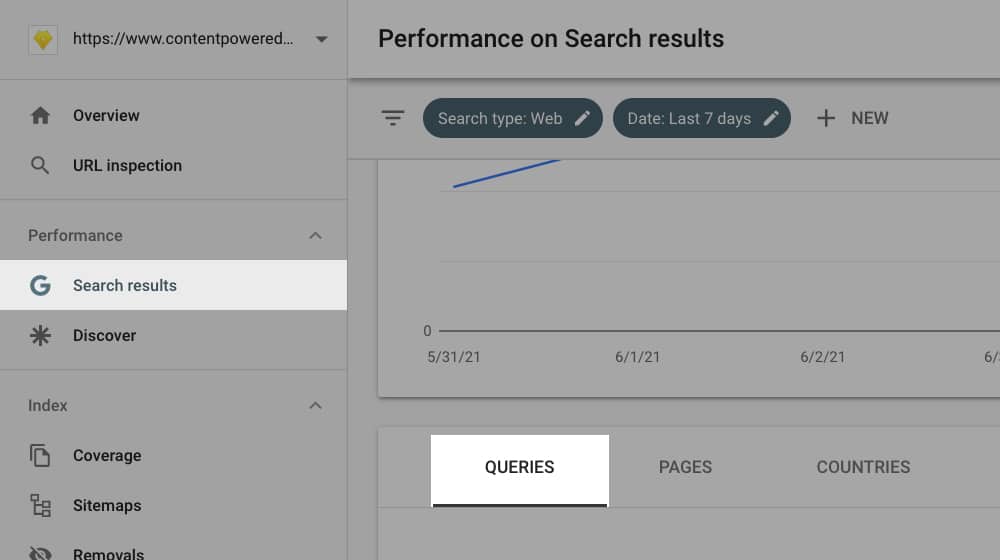
Use this data to identify keywords users use to find you and then make a purchase.
9. Use Competitor Research Tools to Find PPC Keywords
Your competitors are, in all likelihood, looking for their buyer intent keywords. They probably have some, in fact, and are targeting them with their marketing. Thus, you can use tools to scope out the keywords they're using. Tools like Sprout Social, Phlanx and Social Blade allow you to monitor paid advertising being run by the competition.
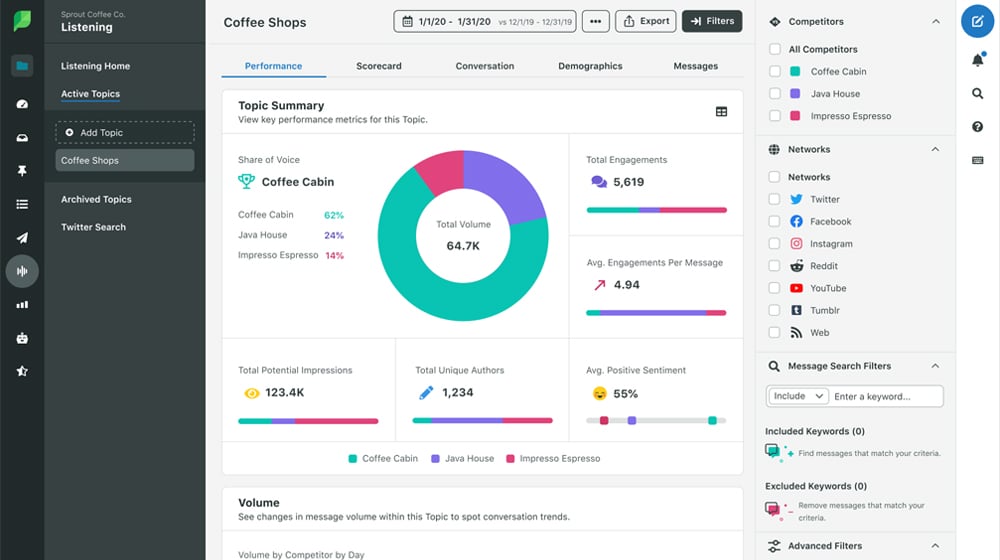
You can identify the keywords they think are valuable enough to pay to target, and figure out if those keywords are buyer intent keywords relevant to your business. Some won't be – like brand and product names – but others will, and those are the good ones to find.
10. Use Alexa
Amazon's Alexa is a great resource. I don't mean the voice search appliance, I mean the analytics service they took the name from. The Alexa service is a great analytics platform, and among the many features they offer, they have a competitor keyword matrix tool. This tool analyzes a competitor for their keywords and can identify the focus and intent of those keywords.
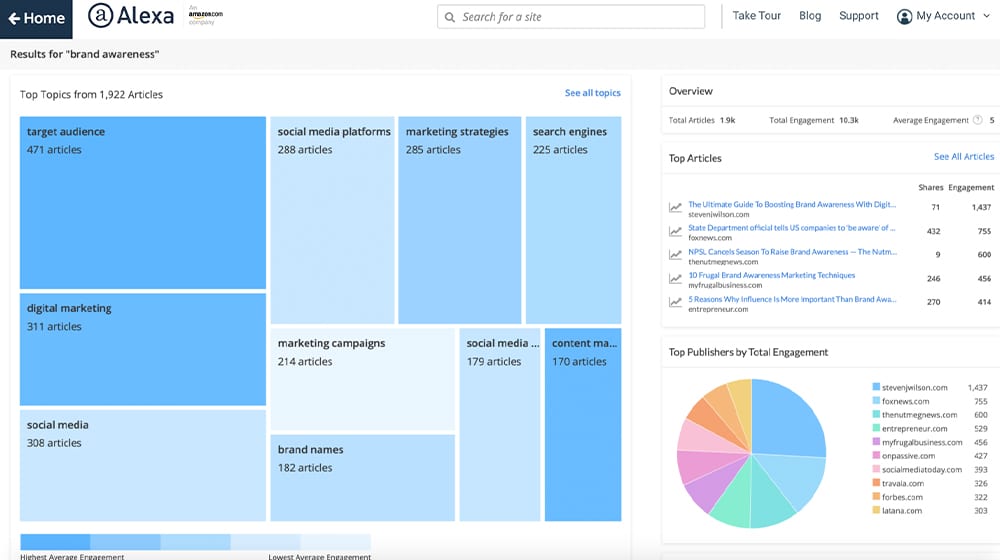
They specifically have a "buyer keyword filter" you can use to identify the buyer intent keywords a competitor is using, in comparison to your site.
Alexa has a great guide on this subject as well:
11. Use Ahrefs
Ahrefs is one of the best marketing tools on the market, so it stands to reason that they have some very good features to help with keyword analysis. Indeed, they have an entire section of their dashboard dedicated to keywords, with drill-down tools that give you deep insights and unique keyword recommendations.

On top of that, they have a great guide on identifying which keywords are the best ones to use:
To be honest, out of every entry on this list, if you were forced to pick just one method, this is the one I would recommend using the most.
12. Use Semrush
Semrush is another excellent tool for marketers, and I probably don't use it as much as I should. Like Ahrefs, they have a lot of useful features for discerning keywords, understanding user intent, analyzing competition, and picking out the best options to target.
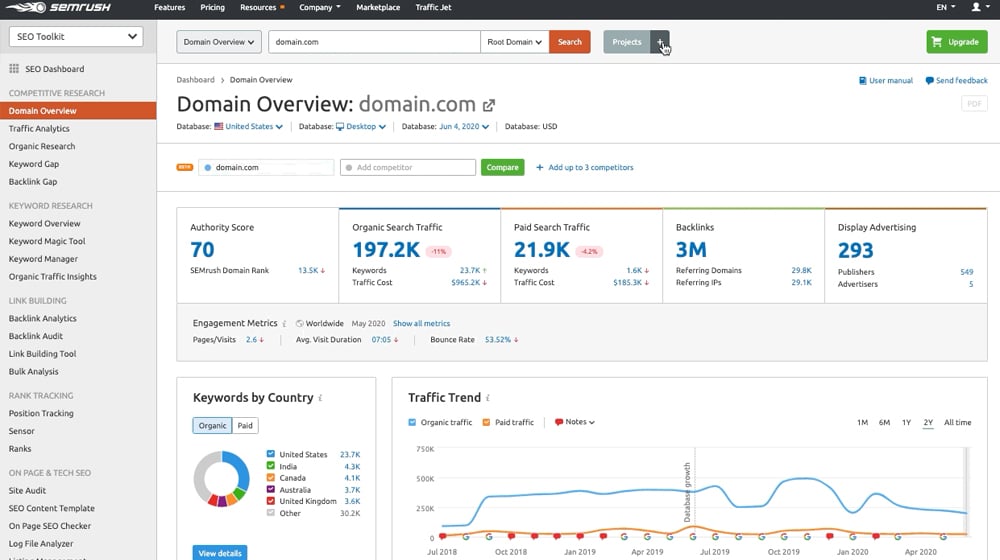
They also have a guide for finding buyer intent keywords, and they recommend, among other things, their own "keyword magic" tool:
It is a potent tool, giving you not just a huge list of relevant keywords, but very nuanced and configurable filters to drill down to the specific keywords with the best alignment to your objectives. I just happened to like Ahrefs better, but that's my preference. Many other marketers prefer using Semrush.
13. Use UberSuggest
UberSuggest is Neil Patel's fancy keyword tool. Use it on your domain and on competitor domains to get lists of keywords you can pare through to find the best intent among them.
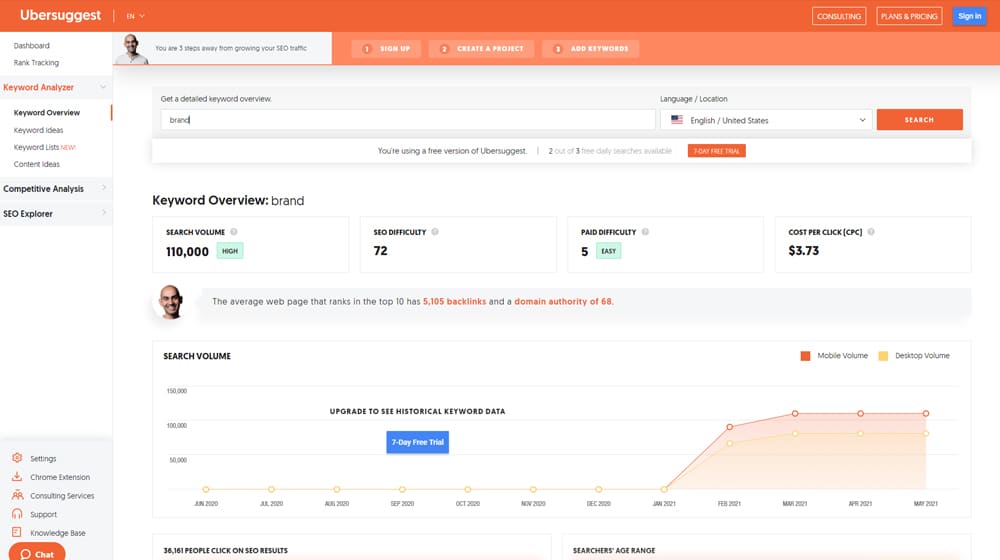
This is more difficult to operate as a stand-alone research tool. However, if you check those first six items on this list, you will have generated a list of basic keywords like "buy" and "best" and "cheapest", which will all stand out to you when you read a broad list of keywords. That allows you to filter down to the most buyer-focused keywords you find in the report, which you can then use.
14. Use the Google Keyword Planner
The Google Keyword Planner is a tool they offer as part of Google Ads, to help you identify and plan keywords to target with your paid ads. They offer a bunch of useful (if Google-centric) data about those keywords, which you can then leverage to pick the best keywords to target with your content marketing.
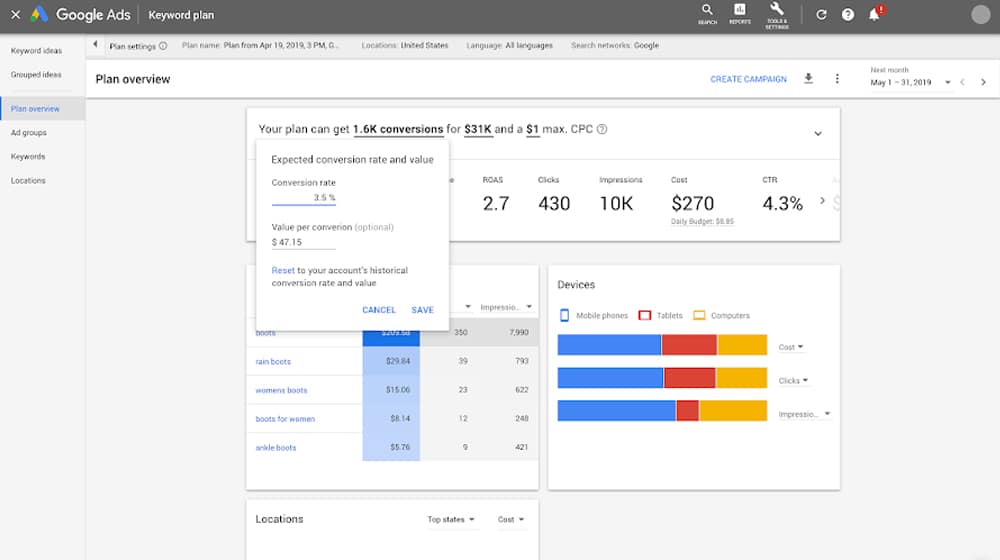
It's a relatively complex little tool, but there's a ton of documentation on it available online, so I highly recommend checking it out.
15. Read User Reviews and Testimonials
A less tool-focused source of buyer intent keywords is information directly from your existing users. People have bought your product before, right? What do they have to say about it? People often leave testimonials and reviews with a format that begins with "here's the problem I was having."
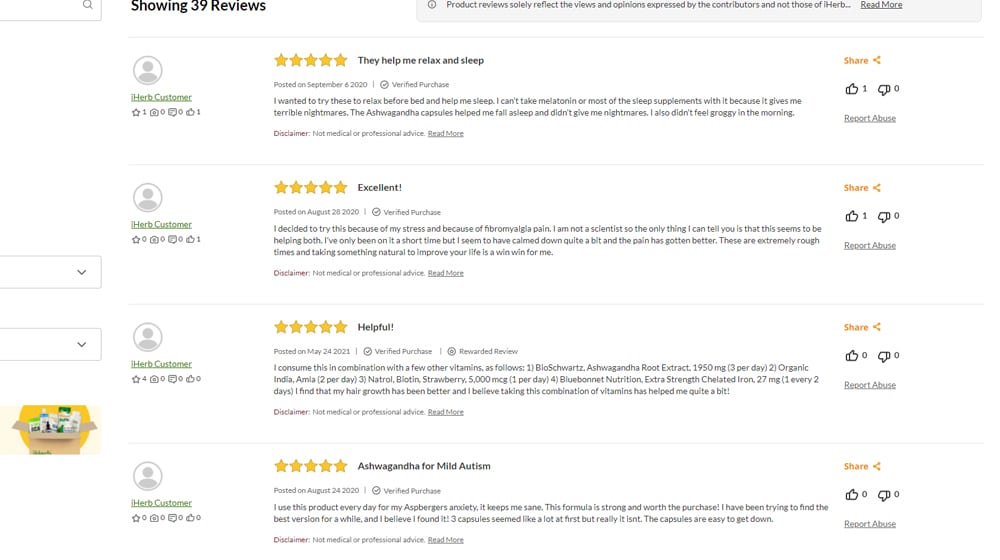
Sound familiar? That's the pain point they had, which you can then twist into a keyword. User reviews and testimonials are both great ways to get direct customer insight and learn their thought processes, and these can also be used as keywords.
16. Look for Negative Competitor Reviews
Just like your own positive reviews are good, competitor negative reviews are great. People talk about what they didn't like about competitors, and that's an opportunity for you to promote the fact that you don't suffer from those flaws.
This is beneficial to you in two ways. The first is information; you can use their gripes to promote your product through content marketing. People who search for verification that a competitor lacks a feature or that it fails in a certain way will then find you discussing why yours doesn't and will be more likely to look deeper into your offering.

The other is in a direct opportunity. Reach out to those unsatisfied users (if you can, such as on social media) and offer them a trial of your product, to see if they like it. Even if they don't, it's a good chance to try to poach customers.
17. Send Surveys to Customers
Sometimes, all you have to do is ask. One good thing you can do is send a small survey to new customers asking them how they found you. Even if they don't respond in a way you can narrow down into a keyword, it's still valuable information.
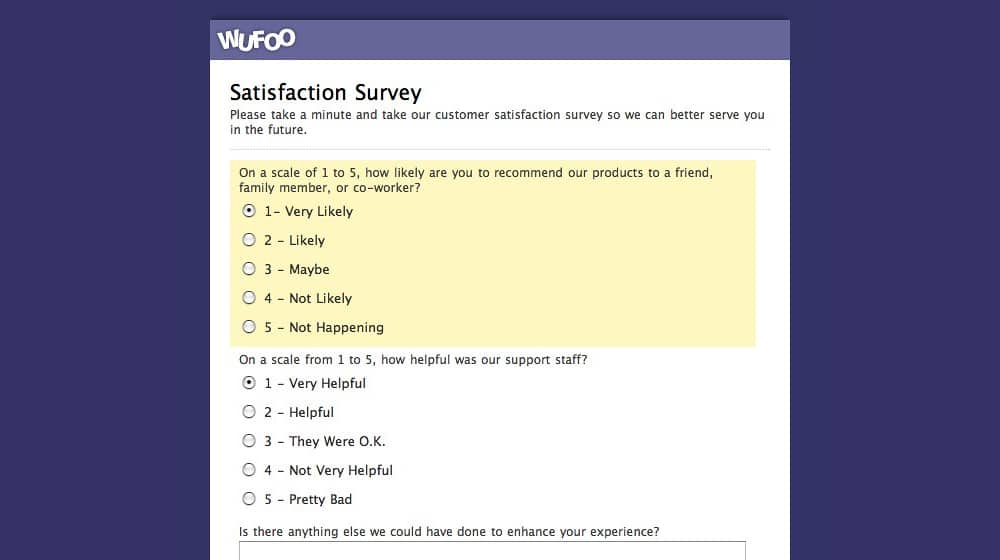
You can, once every few months, send out a survey to all of your existing customers (for a service) or your recent customers (for a product) to see what they have to say. In addition to getting feedback, you can use this information to offer benefits, upsells, specific additional features, discounts, and other benefits to keep those customers in your orbit.
18. Eliminate Low Intent Keywords
To wrap things up, one thing you want to watch out for is something called "negative" keywords. These are keywords that may have transactional intent, but they are disqualified from being a strong target for one reason or another. For example, you shouldn't run ads or make content targeting "download <product> free" for your paid product, because you're not going to offer it for free. You can use keywords like this to offer free trials, but the kinds of people who are looking for these results are often looking for cracks or other ways to steal a product, not a trial.
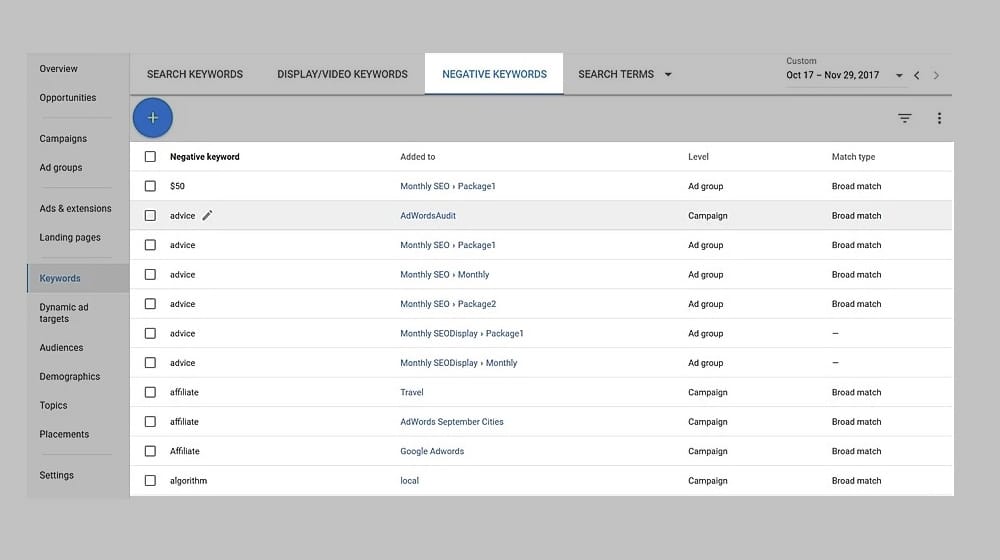
It's important to filter these negative keywords to focus on buyer intent keywords. People looking for what you can't give them aren't people that you want on your site, especially when you're paying for every click. This is the biggest mistake most businesses make when running ad campaigns.
Once you've identified a great list of buyer intent keywords, you can put them to use. Target content marketing towards them, reach out to customers using them, run ads that target them; it's the basis of reaching highly engaged and high-converting users.










January 27, 2022
These are well-thought-out tips. Thank you!
January 28, 2022
Thanks Karan! Cheers
March 14, 2022
Great tips! I already have Ahrefs so I'll make the most out of it.
March 15, 2022
Thanks, Clara!